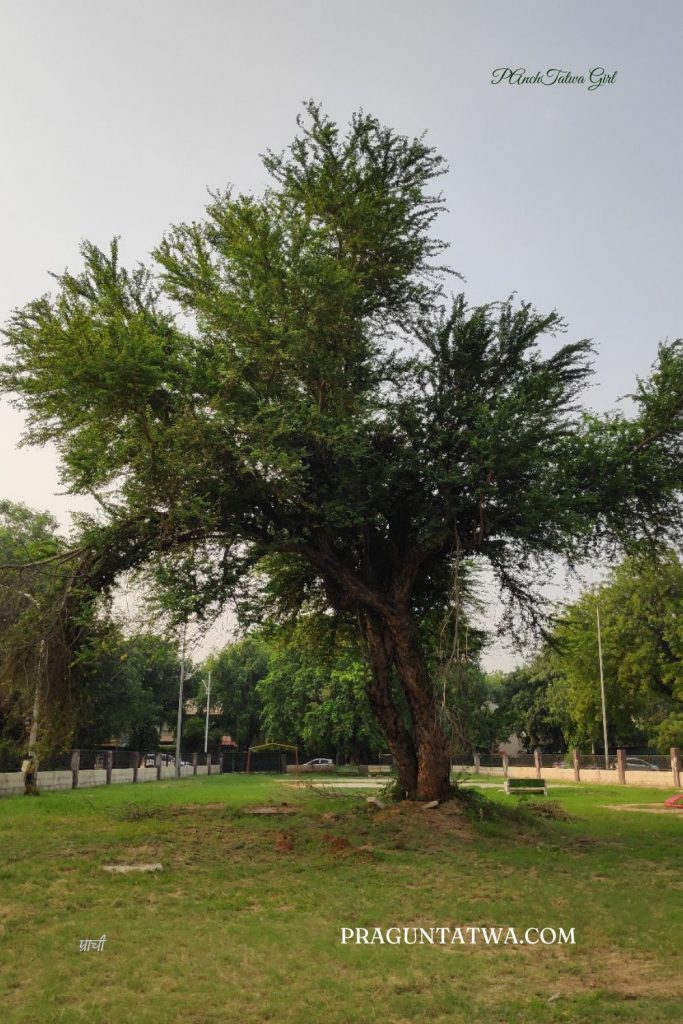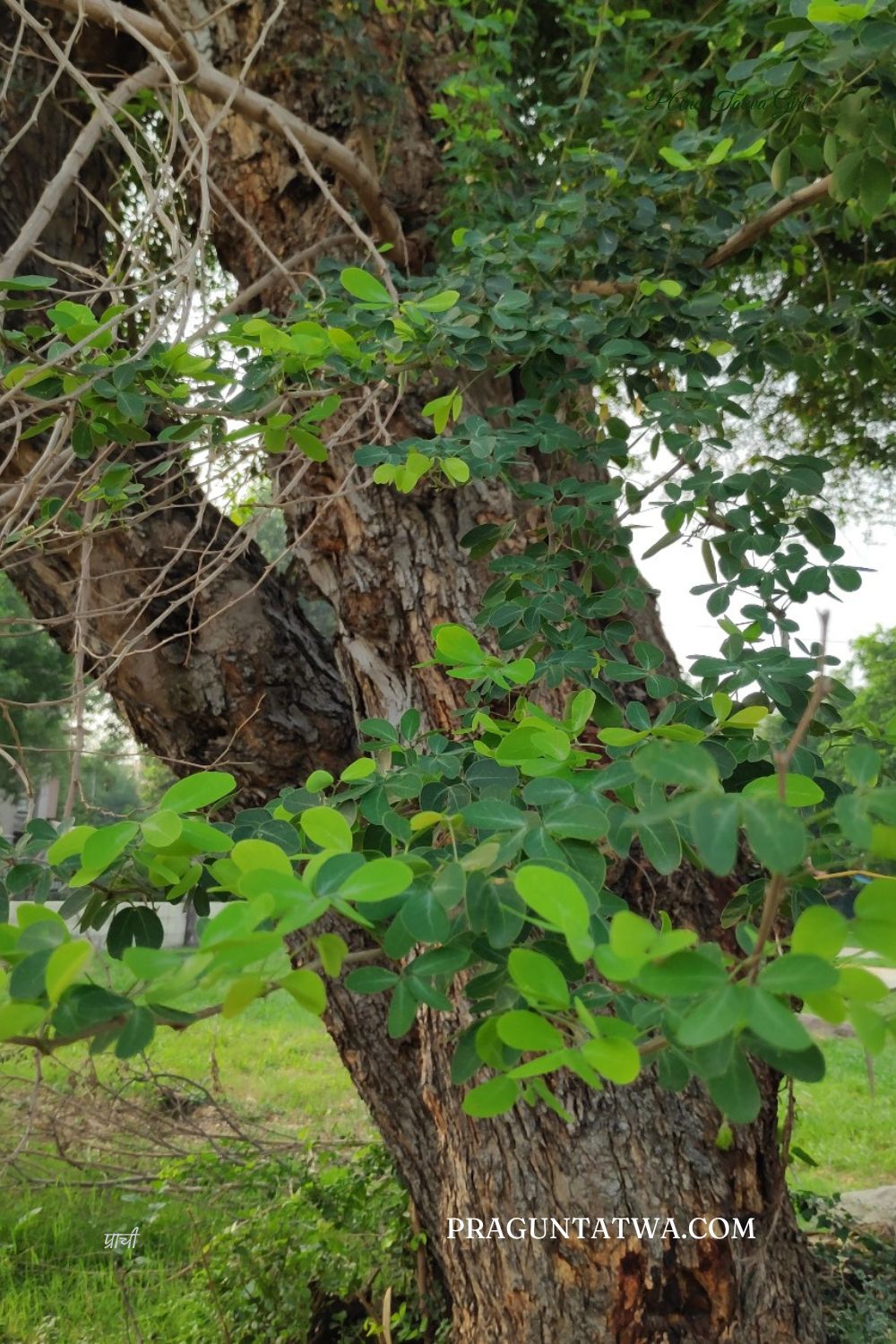Let us learn to appreciate there will be times when the trees will be bare,
and look forward to the time when we may pick the fruit.
~ Anton Chekhov
Yet another walk and yet another angle to see my daily trees. I was confused about which tree to share in the Tree Love series this time and this quote made me search my mobile for the old pics and this new pic of the tree.
This is a beautiful tree right in the middle of a children’s park and it is someone I say hello to daily. This pic is about 2 years ago and in the meantime the tree got termite infested and the decision was taken to cut the tree to save the soil from termites.

The tree was cut and the land was cleared and today almost after two years it stands tall seeing the seasons, time, and rebirth.
Standing tall and smiling brightly.

Yet again the curious tree lover in me went to seek help from search engines to find its name. Every time I checked it gave me a different name and I was amused to see a few names I had never heard before.
Pithecellobium Dulce,
Jungle JalebI, or
Madras Thorn or
Manila tamarind,
Monkeypod Tree
or camachile
Google says that the English name “Manila tamarind” and “Madras thorn” are both misleading since it is neither related to the tamarind nor native to Manila (though they were introduced early to the Philippines) or Madras. Other English names include black bead, sweet Inga, and Monkeypod.
The tree has many large branches that originate fairly low down on the trunk, resulting in a broad and relatively low crown.
Scientific Classification:
- Kingdom: Plantae
- Phylum: Angiosperms
- Class: Eudicots
- Order: Fabales
- Family: Fabaceae
- Genus: Pithecellobium
- Species: Pithecellobium dulce

The Madras Thorn tree typically grows to a height of 10 to 15 meters (33 to 50 feet). It has a rounded crown and compound leaves with small leaflets. The tree produces small, fragrant, white to pale yellow flowers that are followed by long, flat, and twisted seed pods.
The fruit of the Madras Thorn tree is a flat pod that resembles a tamarind pod. It contains sweet and sticky pulp with a tangy flavor, which is why it’s often called “Manila tamarind.” The pulp can be eaten fresh or used in various culinary preparations, including chutneys and beverages.
Tree Love
I’m sharing my #TreeLove with – the #ThursdayTreeLove blog hop, a photo feature hosted by Parul Thakur.
Coupled with this, This is my Love Your Planet “Earth” post and a post to make us aware of the trees around us.
Save trees, nurture, conserve, and preserve the trees around us, and on our planet. Do you love Trees?
Do you love knowing more about trees? Explore the trees in your neighborhood and join Tree Love.
You might also like to see my Love for Trees in these Tree Posts:
- Did you hug a tree today?
- October Flowers of Parijaat
- Chinese Hackberry in Nilgiris
- An old Peepal Tree giving shade to parking cars
- Cypress with all its beauty
- X-mas Tree — That kept me sane in lockdown
Sustainability with Prachi
To add on, read and join the Sustainability with Prachi series and listen to interviews with Eco-conscious people who are trying their bit towards conscious and sustainable living practices only on Green Tatwa Talks. There is so much to learn and explore from all of them I have interacted with, Do listen and drop in your views in the comments. And, if you want to know Environment-related dates Click here.
Being Eco-Friendly is not a choice, make it a habit.
Without a doubt, sustainability is easier than you think. You don’t have to jump in by changing everything, start small to make the changes more eco-friendly, sustainable and a part of your daily life.

Leave a Reply